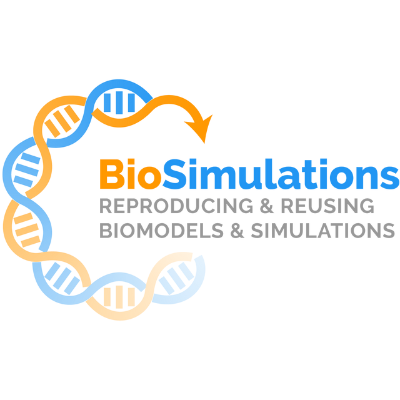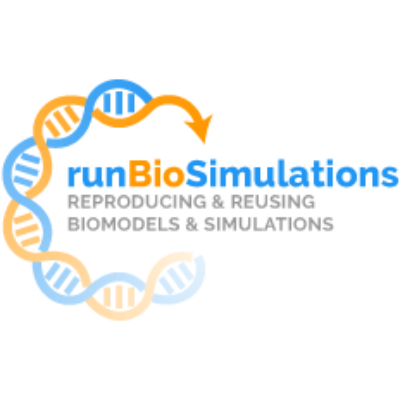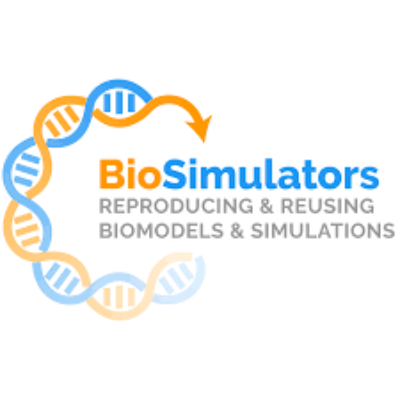libOMEXMeta C++ and Python libraries
With the growing complexity and quantity of biosimulation models, annotation tools that can accommodate a variety of modeling languages and simulation environments were needed to encourage models which could be easily understood and uniquely identified. The COMBINE community developed a consensus on the utilities required for this open-source, cross-platform software library for model annotation. [...]





